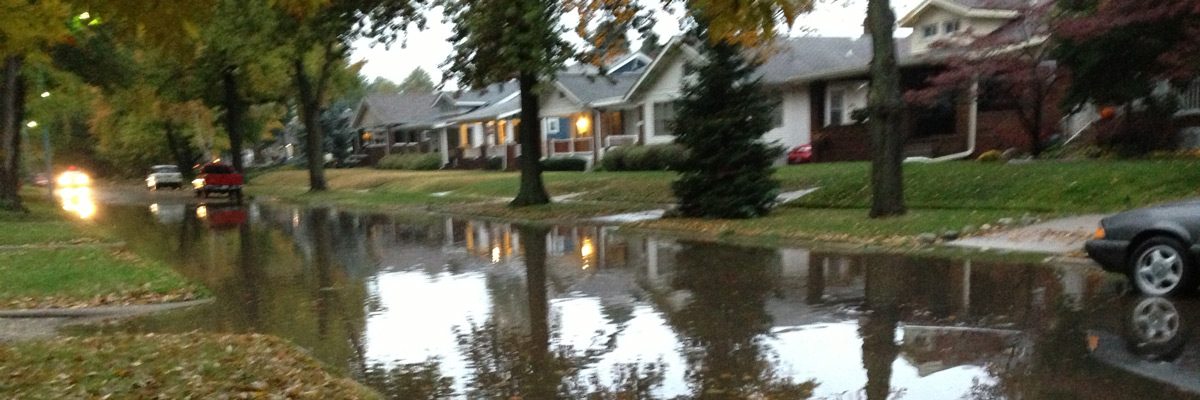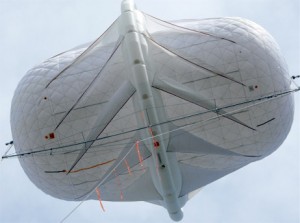The mid range wind turbine is going up at PORTA High School outside of Petersburg. Way to go. First here is the rationale:
http://www.scoop.co.nz/stories/HL0907/S00214.htm
Green Economics and how it might work
Green Economics and how it might work
by Tushara Kodikara
In times of the global economic recession and ecological crisis, it is obvious a radical response is needed. World-renowned economist Herman Daly maintains the future of human civilisation is dependent on a new economic model, based on a dynamic model—known as the steady state economy—preserving the environment we are all dependent upon.
There needs to be a shift away from the current paradigm of the growth economy towards a system that emphasises conserving natural capital and views the economy as a subset of the environment. Neoclassical economics has ignored the environment. The current system views environment and economy as intertwined. Any environmental problem can be solved by the market or by governmental interference.
Traditional economic theory is based on general equilibrium models: a giant system of thousands of simultaneous equations balancing supply and demand. These determine the price and quantity of goods and services. It assumes that there is an infinite resource base and also an infinite waste sink with no feedbacks. Simply put, resources will never run out and pollution will never occur. This leads to the notion that infinite growth is possible.
However, a litany of environmental problems, including destruction of the ozone layer, climate change, acid rain, deforestation, overpopulation, loss of biodiversity, soil erosion, desertification, floods, famine, overfishing, hazardous wastes, expanding landfills, fresh water depletion and the depletion of nonrenewable resources, to name a few, are symptoms of the shortcomings of the current economic system.
:}
Did I mention it saves money?
http://www.sj-r.com/homepage/x1885902913/Spectators-marvel-as-turbine-installed-at-PORTA-High-School
Wind turbine draws crowd at PORTA High
Generator is final phase of $7.6 million energy-saving project
THE STATE JOURNAL-REGISTER
PETERSBURG — Harold Biggs of Athens was one of several spectators behind PORTA High School Friday morning, as cranes lifted a hub with three huge rotor blades and then workers positioned it atop a large tower.Biggs, a 76-year-old retired engineer and Army veteran, began noticing wind turbines around the country about 10 or 12 years ago, and he’d recently read about them in Popular Science magazine. But he’d “never seen one put up before.”So, with camera and binoculars in hand, he decided to check out the activity in Petersburg.“I think it’s a step forward in ecology,” Biggs said of the turbine. “I’ve thought about getting a small one for my place, but it costs too much.”Anticipating public interest, PORTA officials had set up bleachers for people to watch the turbine progress.“I think it’s really cool to see how it’s put together,” said 15-year-old Abbey Stier of Williamsville, who watched the process with her dad, PORTA teacher David Stier.
The wind turbine — which extends 241 feet from base to blade tip — is the final phase of a $7.6-million energy-savings project instigated last year by the PORTA School Board because of soaring electric costs.
The 600-kilowatt wind generator — built in India and shipped by boat to Houston — was trucked in sections last week to Petersburg….
:}
Way to go Petersburg
http://www.youtube.com/watch?v=wErksDKeWB8
:}


 PNNL’s introduction of a metal-organic heat carrier, or MOHC, in the biphasic fluid may help improve thermodynamic efficiency of the heat recovery process. This image represents the molecular makeup of one of several MOHCs.
PNNL’s introduction of a metal-organic heat carrier, or MOHC, in the biphasic fluid may help improve thermodynamic efficiency of the heat recovery process. This image represents the molecular makeup of one of several MOHCs. ,
, 


 Robin Bell, Ken Caldera, Bill Easterling, Stephen Schneider
Robin Bell, Ken Caldera, Bill Easterling, Stephen Schneider